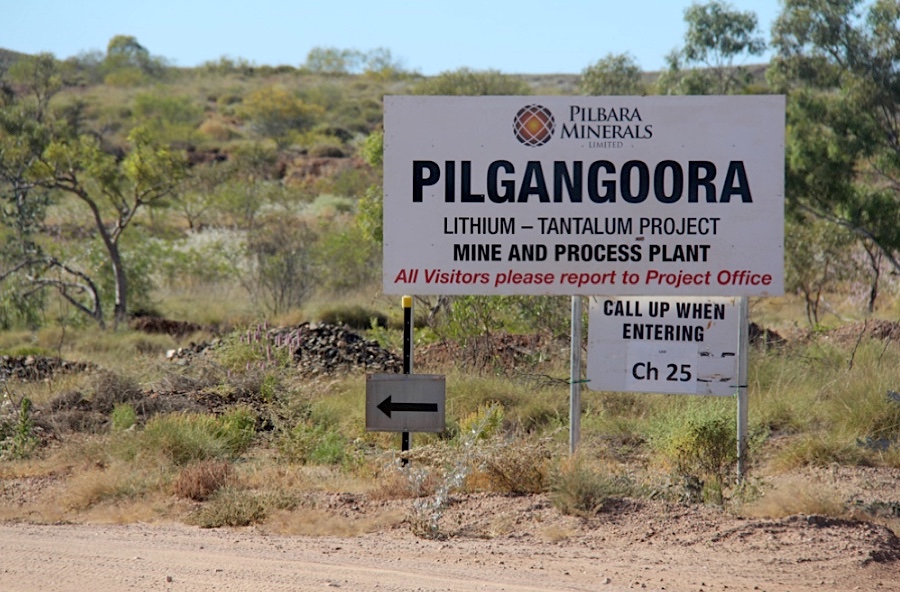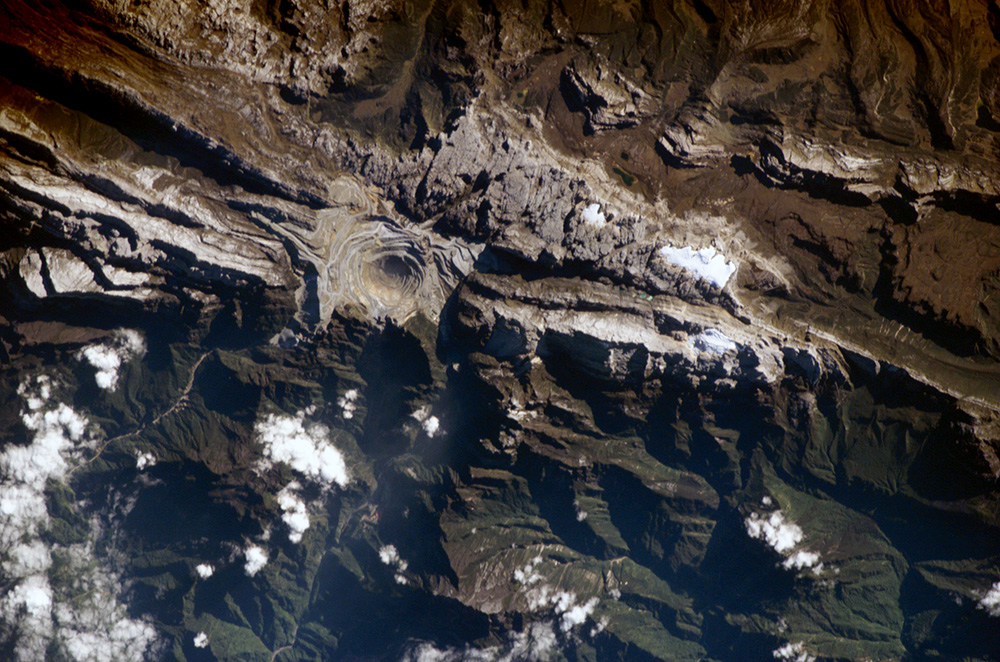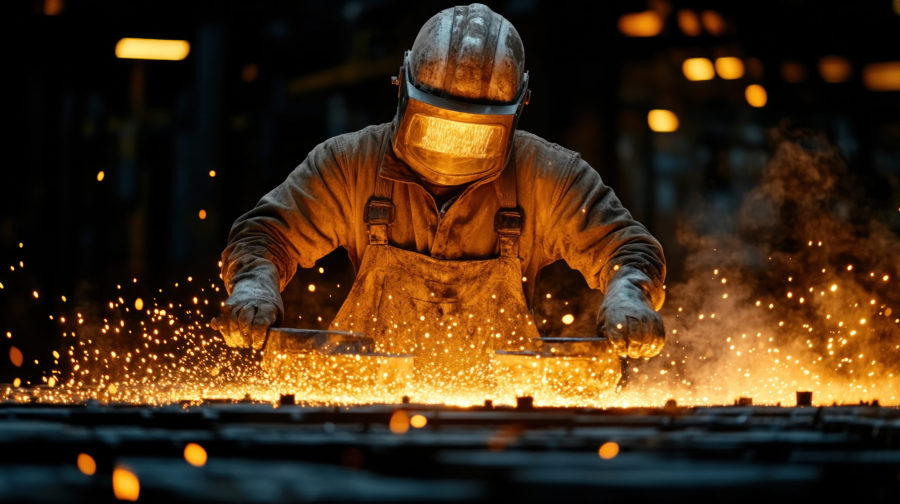This Aussie miner is about to break into South Korea lithium sector

Shares in aspiring lithium miner Pilbara Minerals (ASX:PLS) spiked Friday following the Australian firm’s announcement of a potential joint venture with two South Korean companies to develop a lithium processing facility in the Asian country.
The agreement, signed with South Korean companies Polaris Shipping and LG Chem, contemplates building a $309 million plant able to generate up to 30,000 tonnes of lithium hydroxide a year to be used by the South Korean battery industry. Production would start in January 2020.
The proposed plant aims to produce 30,000 tonnes of lithium a year starting in January 2020.
Pilbara Minerals, which is currently developing its Pilgangoora lithium-tantalum project in Western Australia’s resource-rich Pilbara region, said the memorandum of understanding presented an opportunity for Pilbara’s participation in one of the world’s “most exciting” and fastest growing markets for lithium raw materials outside of China.
“South Korea is a major global economic and industrial power with a very large and rapidly growing high-technology industrial complex and automotive industry,” Pilbara Minerals’ Managing Director and CEO, Ken Brinsden, said in a statement.
The stock soared on the news, breaking the A$1 mark for the first time since listed in June 2010, to close 4.6% higher at A$1.02.
South Korea imported 25,000 tonnes of lithium last year according to data published by Yonhap news agency. Pressure on lithium battery providers has been rising as demand increases, boosting the price of the commodity more than 180% over the past two years.
Frequently referred to as “white petroleum,” lithium drives much of the modern world, as it has become an irreplaceable component of rechargeable batteries used in high tech devices and electric cars.
The lithium market, while still relatively small — worth about $1bn a year — is expected to triple in size by 2025, according to analysts at Goldman Sachs.
The commodity has attracted increasing interest from investors and miners with the world’s two largest mining companies — BHP and Rio Tinto — recently stepping up efforts to get a share of that market.
More News
{{ commodity.name }}
{{ post.title }}
{{ post.date }}



Comments
Cory Groshek
Always love to hear great news about one of my favorite lithium miners, Pilbara Minerals!